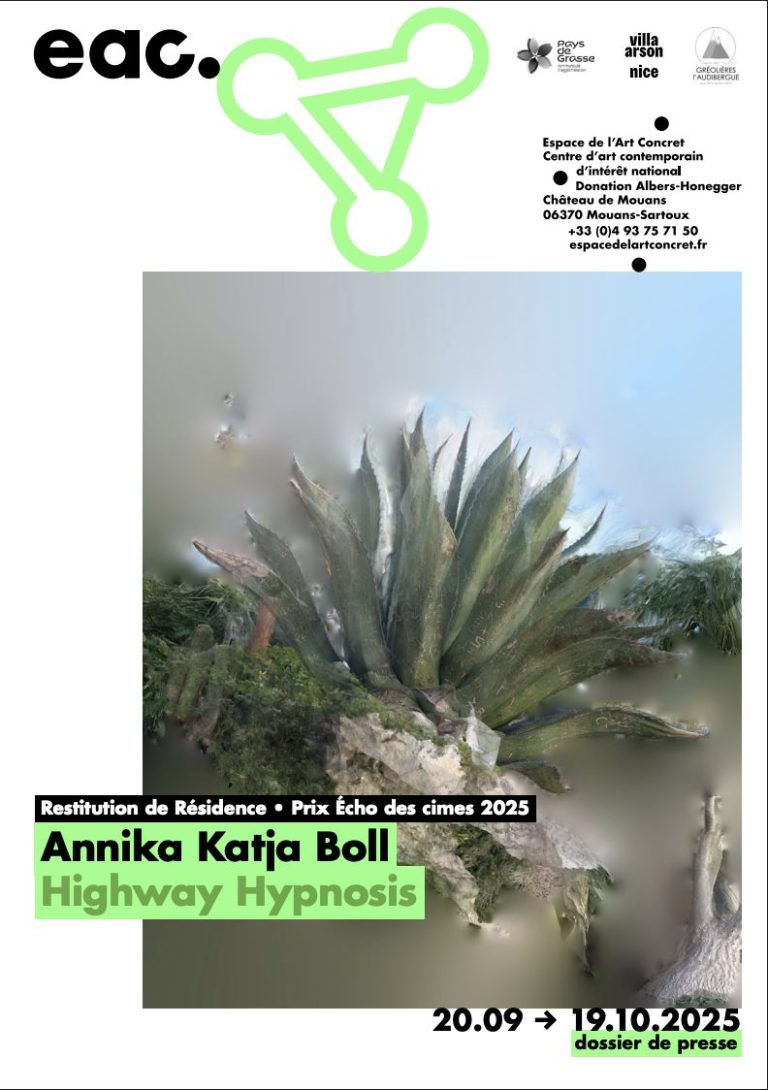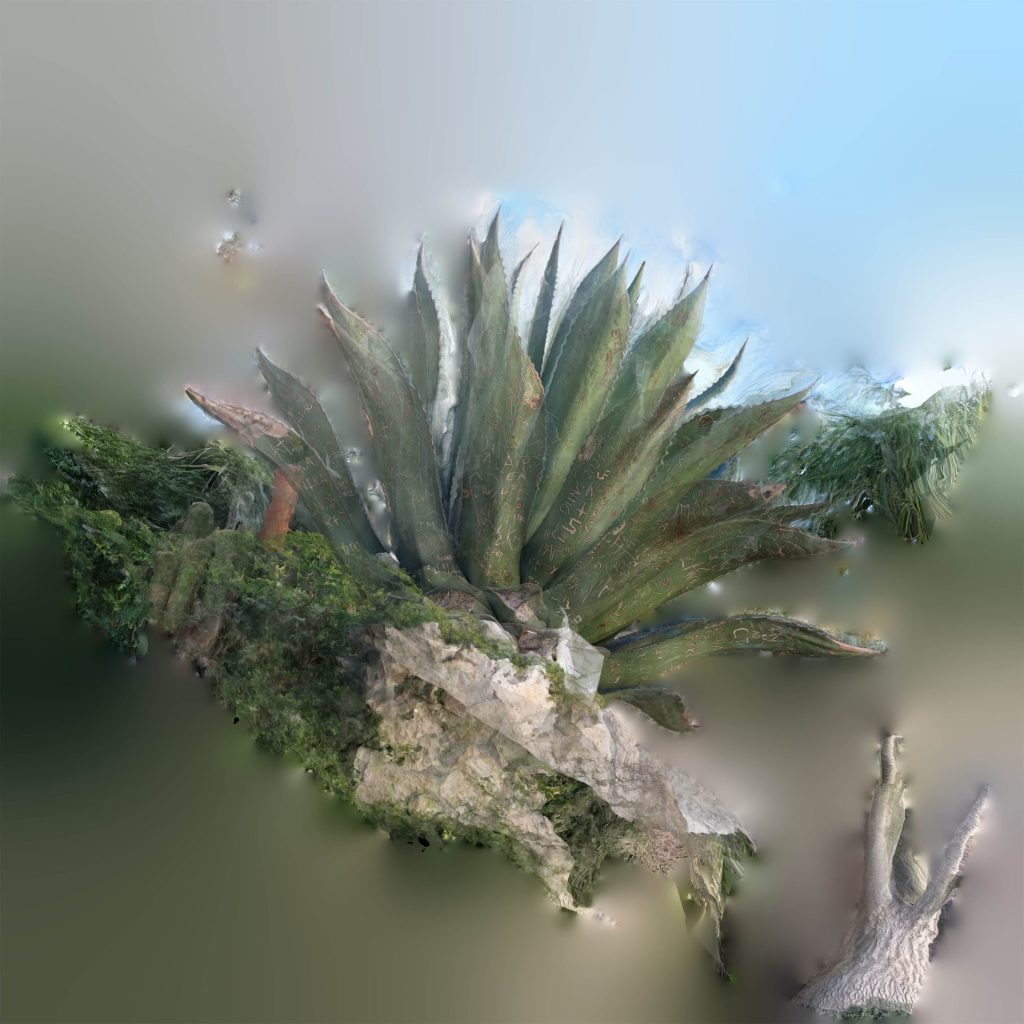
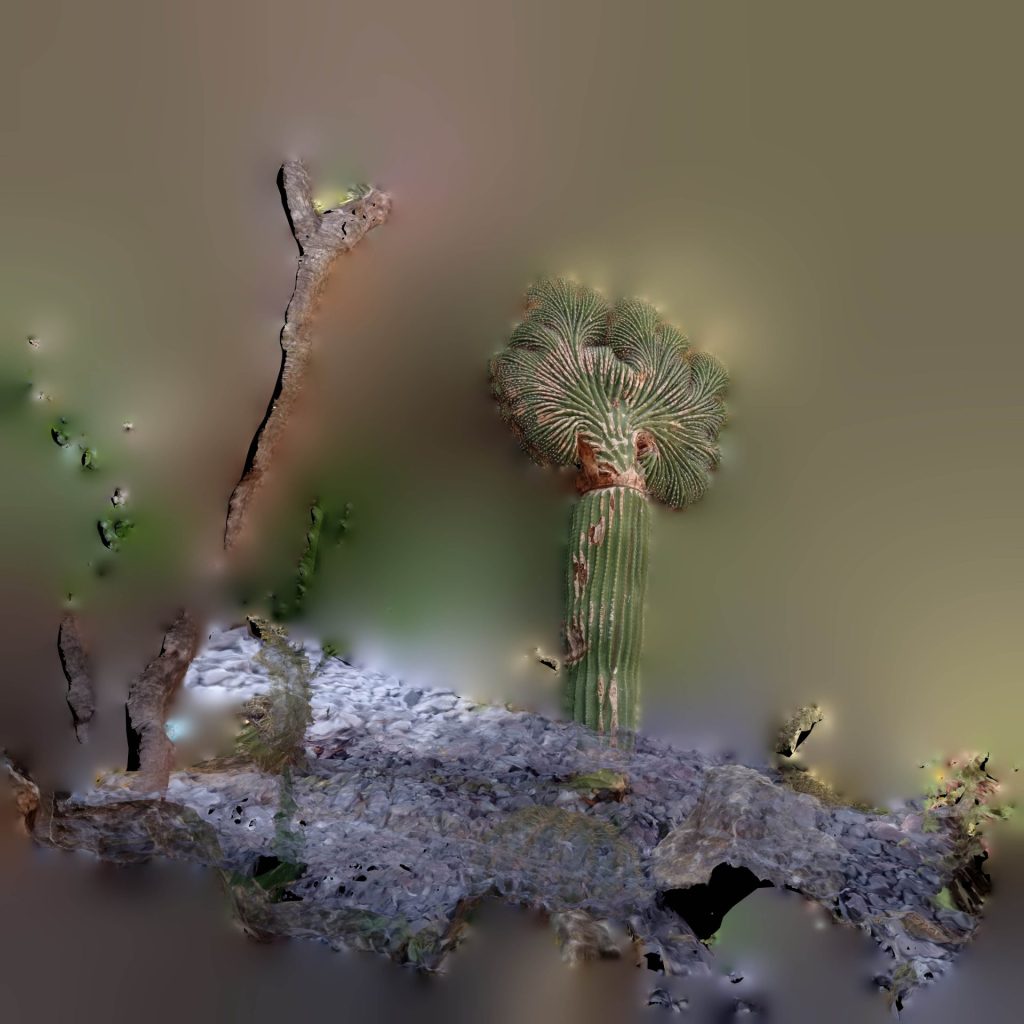
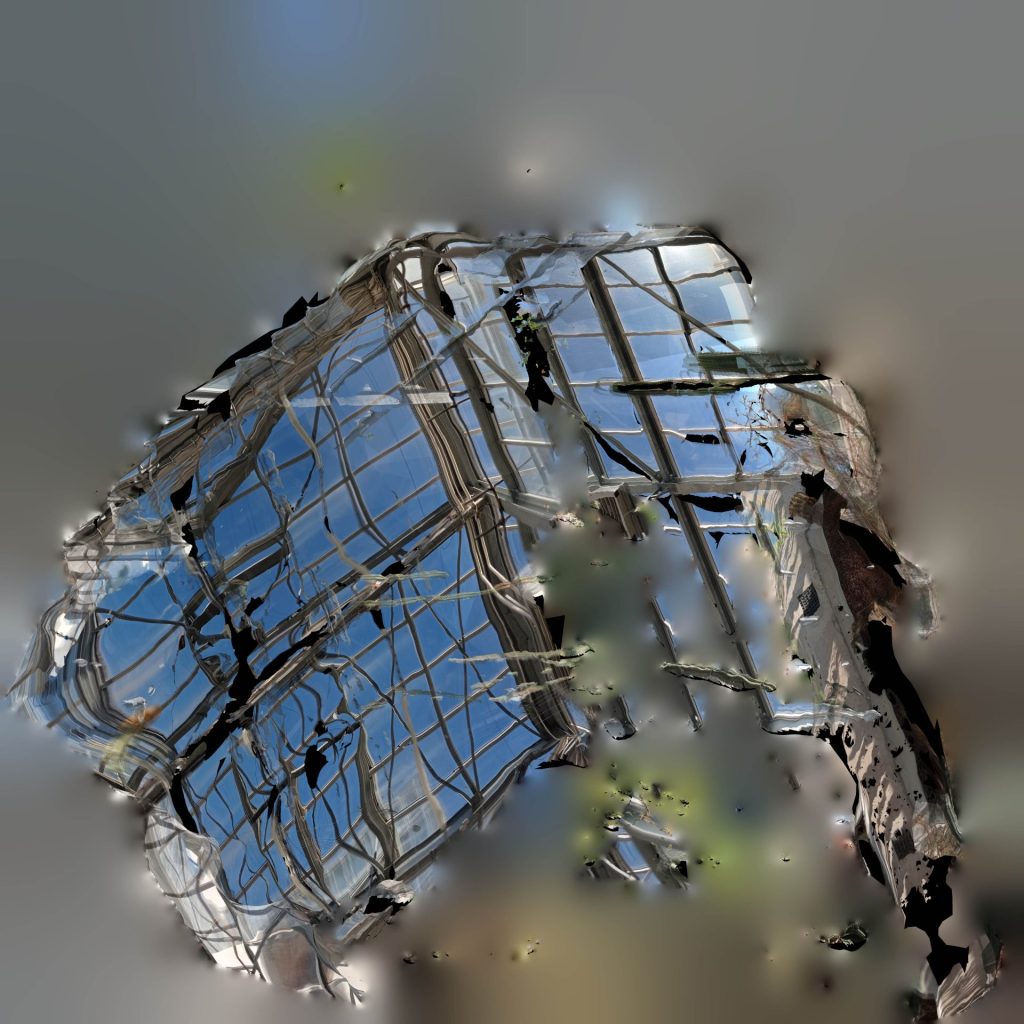
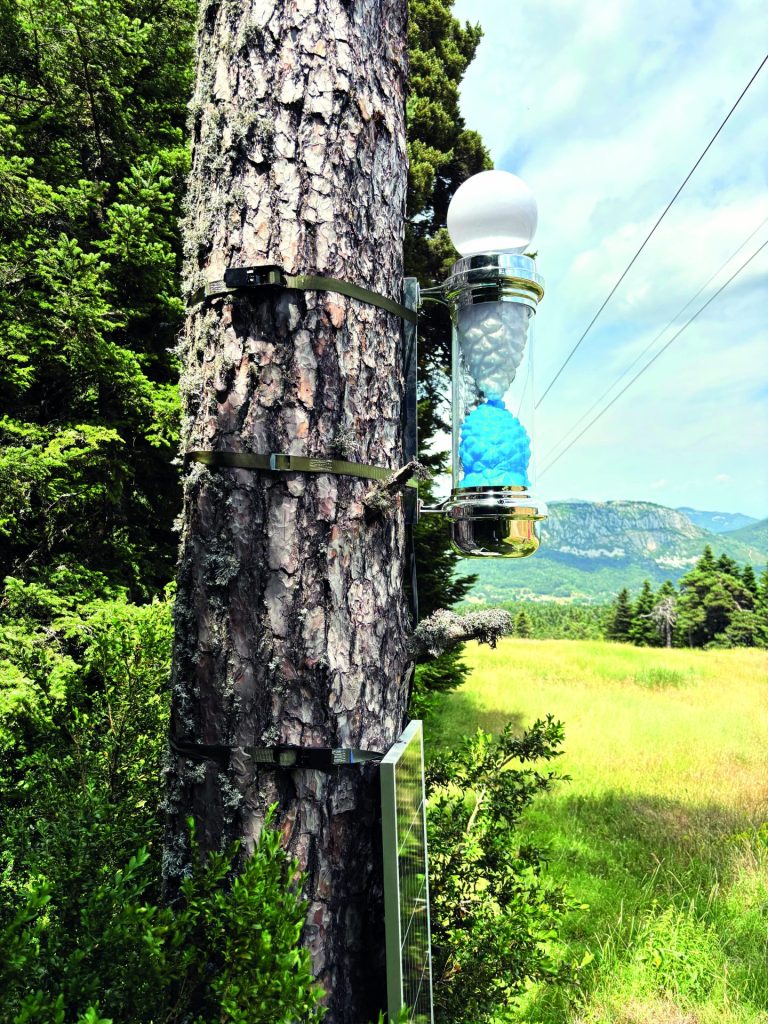
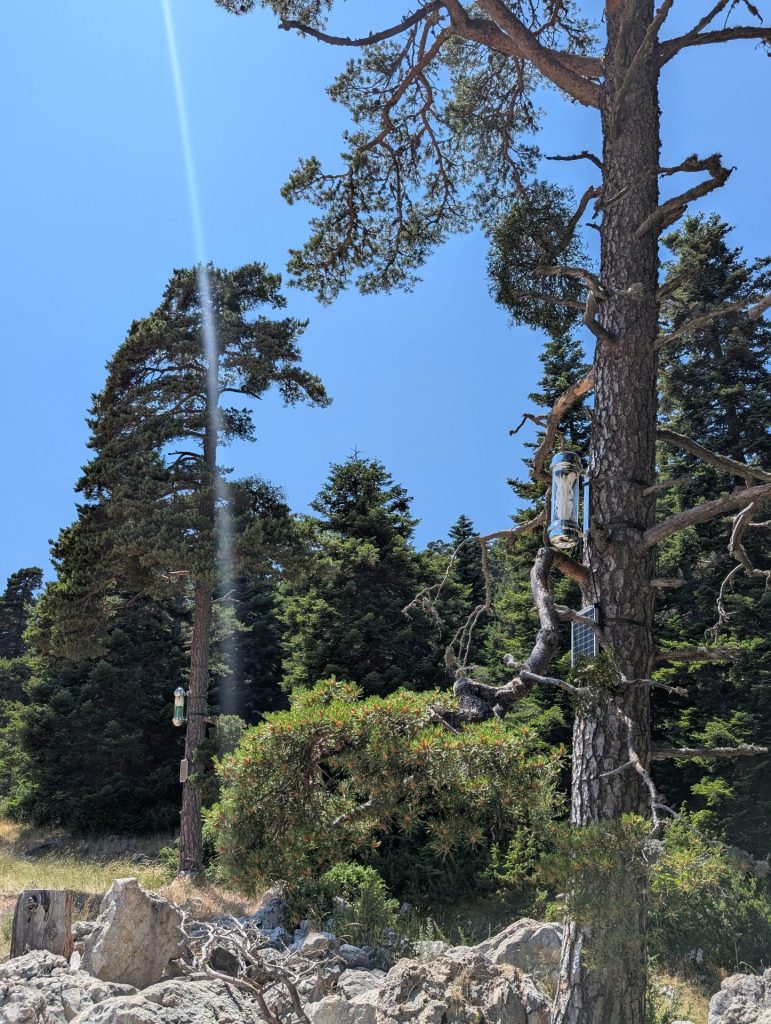
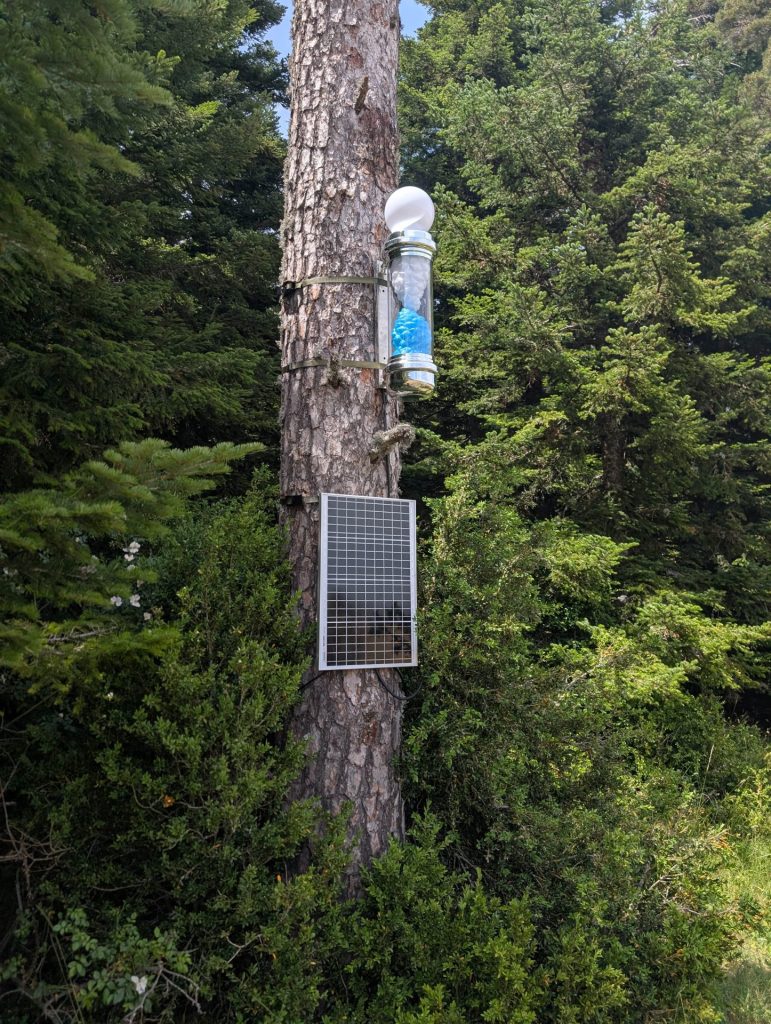
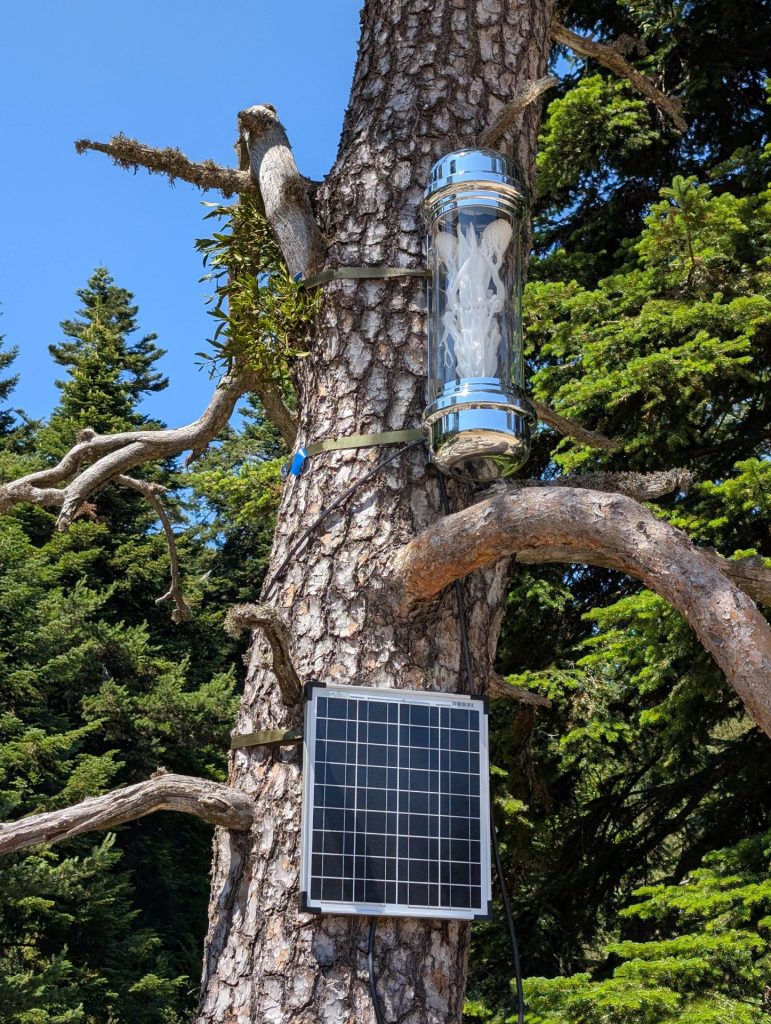
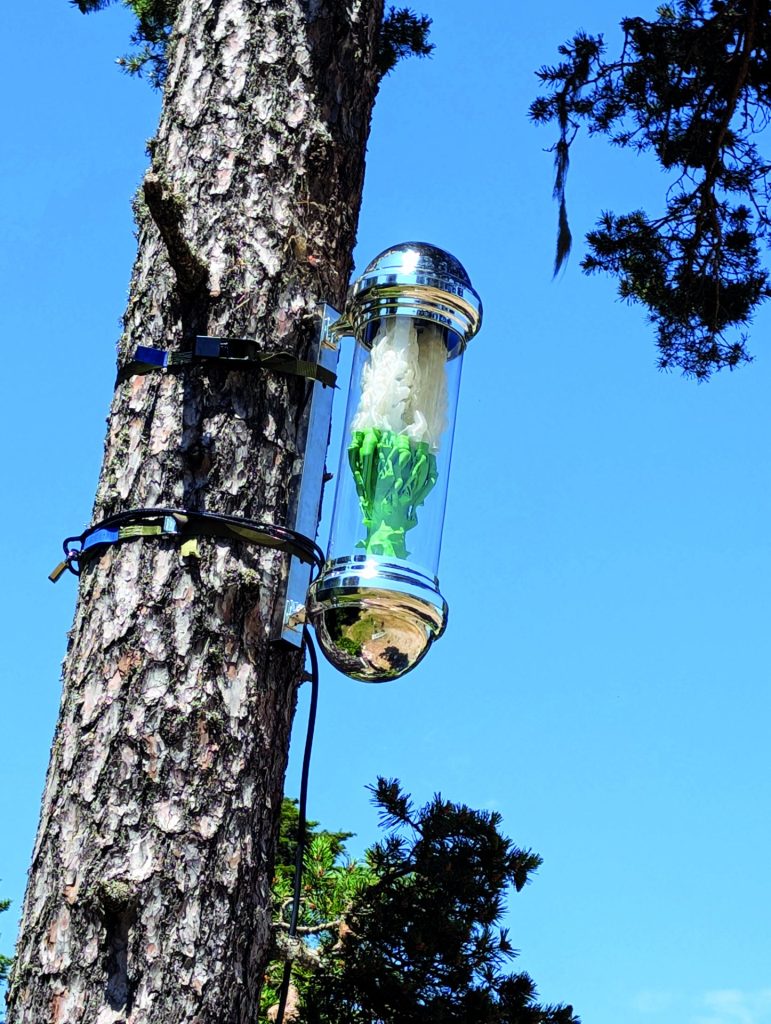
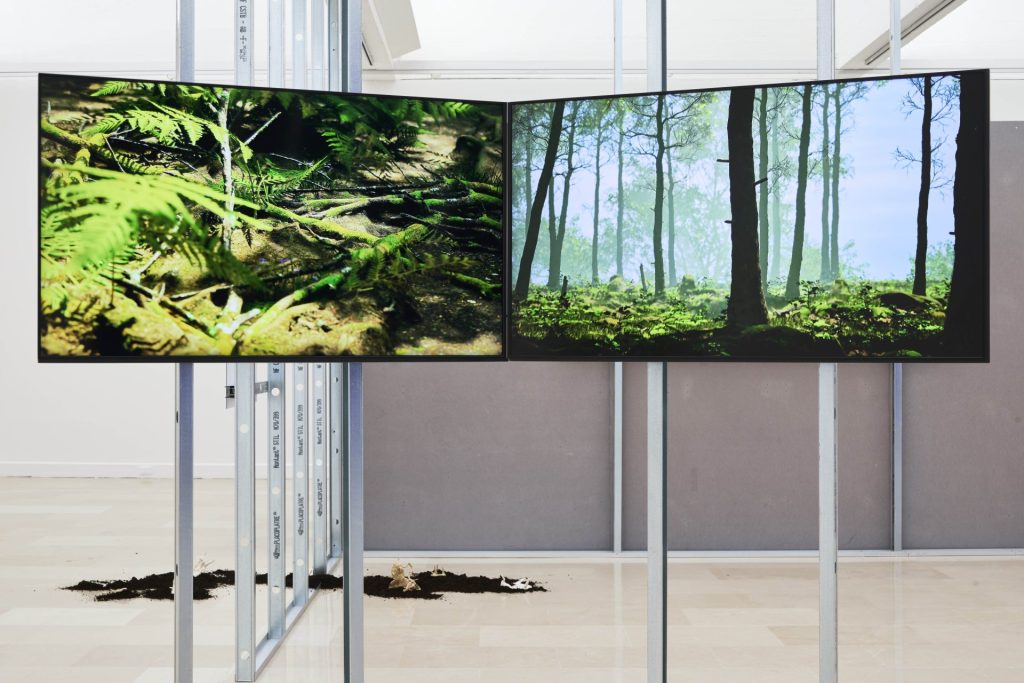
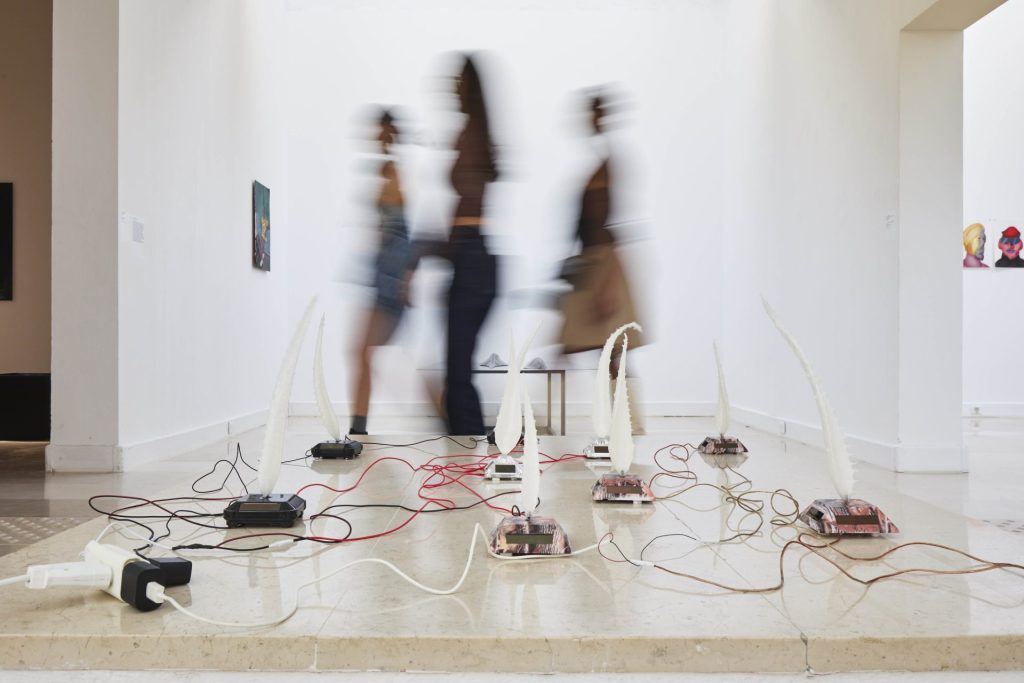
The L’écho des cimes Prize aims to support alumni—young artists recently graduated from Villa Arson—in their professional development. The Pays de Grasse is committed to helping emerging artists by offering them opportunities to meet with local communities across the region.
Winner of the 2025 edition, Annika Katja Boll will present her work in a solo exhibition at the Espace de l’Art Concret – Centre for Contemporary Art of National Interest, in Mouans-Sartoux, from September 20 to October 19, 2025. The exhibition will be entitled Highway Hypnosis.
The opening will take place on Saturday, September 20 at 11 am at the eac.
The exhibition Highway Hypnosis
The term “highway hypnosis” describes a particular mental state in which a driver can cover long distances and react to external events, yet later have no recollection of consciously driving. The body operates automatically while the mind drifts elsewhere.
The exhibition Highway Hypnosis draws a parallel between this repetitive rhythm of the road and the straight lines of agricultural fields, the ordered rows of planted vegetables, the greenhouses where plants are cultivated and endlessly multiplied. The same logic of repetition, of continuous flow, of controlled alignment is at play.
The works confront us with the ways in which nature is treated—up to the point where it becomes artificial, fragmented, analyzed, digitized.
Annika Boll’s practice unfolds at this intersection of technology and the living. She employs digitization techniques—photogrammetry, 3D modeling, algorithmic animation—to convert natural, analog forms into digital data. With a touch of irony, she describes this process as “digital gardening.” She meticulously scans elements of reality to generate geometric shells that are essentially hollow, yet wrapped in photographed textures. These doubles—both hyperrealistic and ghostly—are then either embedded in digital environments or reactivated physically through installation or sculpture.
The materials she uses are deliberately chosen for their potential ambiguity: 3D-printed plastic replicas of scanned plants, representations of artificial nature on oversaturated screens, or mass-produced objects diverted from the advertising world.
Annika deploys seductive visual codes to trap the gaze: artificial or glossy colors that draw attention, infinite loops or rotating systems that generate a tension between fascination and unease. She seeks that complicity between aesthetic pleasure and discomfort, between the desire to look and the doubt about what is being seen.
This staging of transformed life highlights our mechanistic attempts to understand and classify the living as a series of actions and reactions—as though it were a set of interconnected small machines rather than whole organisms.
The exhibition seeks to illuminate the ecological and perceptual grey zones that emerge when life becomes data, image, décor, or product. These works re-enact the logics of cataloguing, duplication, archiving of living beings—as if digitizing or storing them could mean protecting them.
But the aim is not to condemn technology. Rather, it is to reveal its pervasive presence in our daily lives and to question its effects on our unconscious perceptions, our manufactured emotions, our fabricated desires.
To quote James Bridle: “Conscious attention is a prerequisite for acting properly and justly in the world.” It is precisely this awareness of our modern condition of perceiving the outside world that the exhibition seeks to activate.
Curator: Fabienne Grasser-Fulchéri, Director of the eac.
Partners
– L’Espace de l’Art Concret – Centre d’art contemporain d’intérêt
national, Mouans-Sartoux
– Le Syndicat Mixte des stations de Gréolière – L’Audibergue (SMGA)
– La Communauté d’agglomération du Pays de Grasse.
